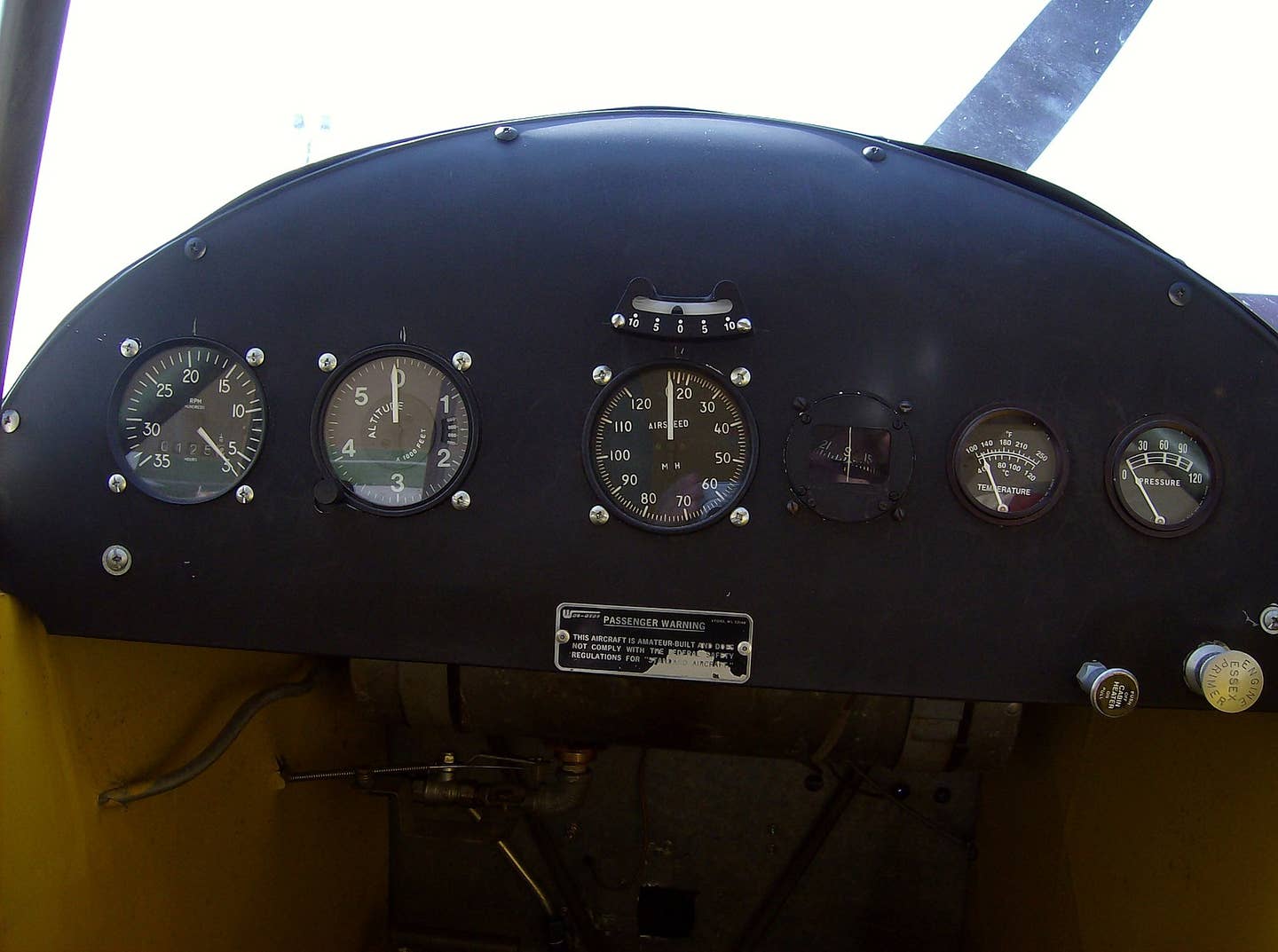Dreamliner Goes Political
Politics and aviation go together like a salad and a toss. Question is, will the Senate’s hearings reveal much about the 787’s battery woes.
This week's announcement that the Senate aviation subcommittee will hold hearings on the Boeing 787 Dreamliner certification review should remind us of two things. First, the intersection of politics and aviation remains acute, not tangential and, second, a major transport aircraft like the Dreamliner is so stitched into the global economy that it inevitably becomes politicized. It's just a question of when and how much.While the hearing may offer more heat than light, to coin an unfortunate smoldering battery analogy, I'm curious to see if the subcommittee will dig deeply enough to reveal any details of political or bureaucratic pressure involving the certification of the 787's lithium-ion batteries. The fact that the batteries were certified under special conditions confirms that the FAA had misgivings. Perhaps now we'll find out if Boeing well and truly satisfied those concerns or if the agency was politically pressured to go along with a cert plan it really didn't like. (Not that this could ever happen, of course.)There's already been a sort of minor pissing match between U.S. investigators and Japanese safety authorities. After the Takamatsu 787 battery incident and emergency landing, Japan's Transport Safety board allowed as how the 787's charging system was overvolting, but the NTSB pointedly said it found no evidence of that in the first battery fire in a JAL Dreamliner in Boston on January 7th. Worth noting is that the lithium-ion batteries are made by a Japanese company, the giant GS Yuasa. Not that the Japanese safety agency would ever consider that in its initial pronouncements. Meanwhile, the Seattle Times reported this week that a company doing testing and development for the Dreamliner's charging system, Securaplane Technologies, experienced a battery fire so intense and resistant to control efforts that it burned down the entire building. SecTrans Ray LaHood's involvement here is interesting, too. Coming from the Chicago school of politics-well, Peoria-he's normally a careful parser of words. Yet there he was on January 11th saying the 787 was absolutely safe, but the FAA was conducting a special certification review just to make sure. Five days later, the entire Dreamliner fleet was grounded. This made me wonder if his technical staff is serving him well. Was he informed of the potential for additional fires or did it catch DOT by surprise? And if it did surprise them, perhaps the aviation subcommittee might find out what else they don't know or didn't consider, if anything. I always get nervous when someone says, with utter confidence, that something is perfectly safe. Those words come to haunt when looking over the lip of a smoking crater.Then there are the appearances. In Air Transport World , Karen Walker rightly observed that both LaHood and new FAA chief Michael Huerta stepped right out there when they declared the 787 safe even while announcing the certification review. Wouldn't it have been better, she argues, to keep at least the appearance of independence pending the review? More politics.If you read over the special conditions for the battery certification, it's possible to conclude that Boeing may have in fact met the requirement for thermal containment. Photographs of the battery boxes for both the Boston and Takamatsu incidents have been made public and both look the same: charred innards, but no evidence of melting or thermal breach, although smoke surely escaped. So maybe the fire wouldn't have spread beyond the battery box. That's cold comfort over the Pacific at 3 a.m. in a smoky cabin, but maybe it beats the alternative.The Dreamliners remain on the ground so I suspect Boeing and the regulators are feverishly trying to find a solution to get them flying again. The longer it goes, the worse it will be for the program, at least for public relations. And that's just the technical aspect. The politics are just getting started.






